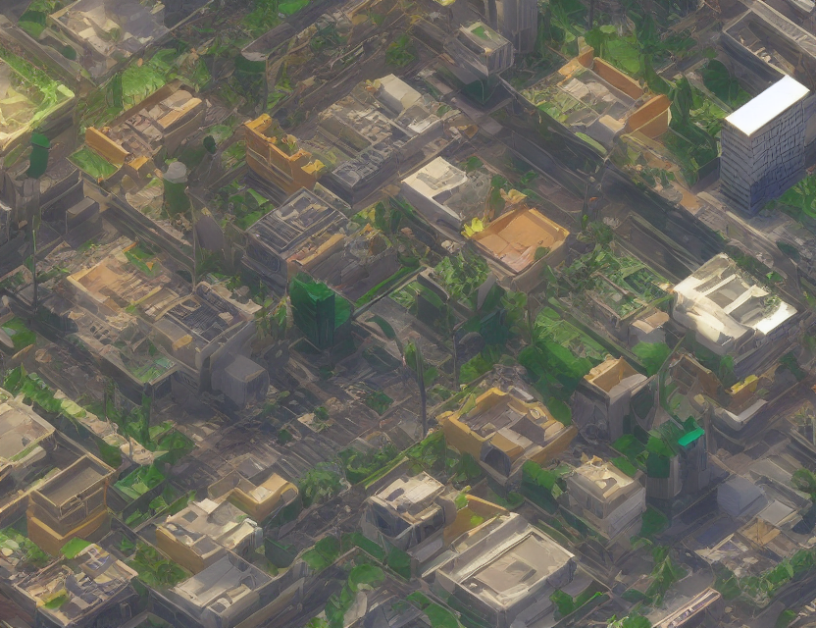Imagine you have a blank canvas and a random word generator produces a phrase like "a majestic sunset over a turquoise ocean." How would you turn this text into an image? Traditional methods rely on generating images from text descriptions through architectures of Generative Adversarial Networks (GANs) or auto-regressive generation. However, these methods struggle to produce high-quality images that match the complexity and diversity of real-world scenarios. In this article, we explore a new approach called diffusion models, which have achieved state-of-the-art results in text-to-image synthesis.
Diffusion Models
Diffusion models are a class of deep learning models that transform a random noise vector into an image through a series of transformations. These transformations are learned from large datasets of images and their corresponding text descriptions. Unlike traditional methods, diffusion models do not require explicit access to the text prompt, instead, they align the text descriptions and image contents through multi-modal vision-language learning.
Key Takeaways
- Diffusion models are a new approach to text-to-image synthesis that have achieved state-of-the-art results in terms of image quality and diversity.
- Unlike traditional methods, diffusion models do not rely on generating images from text descriptions through architectures of GANs or auto-regressive generation. Instead, they align the text descriptions and image contents through multi-modal vision-language learning.
- Diffusion models have been shown to be highly effective in generating images that match real-world scenarios, such as "a majestic sunset over a turquoise ocean."
- The key to diffusion models’ success is their ability to learn from large datasets of images and their corresponding text descriptions. This allows them to generate high-quality images that are consistent with the textual description.
Conclusion
In conclusion, diffusion models represent a significant breakthrough in the field of text-to-image synthesis. By aligning text descriptions and image contents through multi-modal vision-language learning, these models have achieved state-of-the-art results in terms of image quality and diversity. As the field continues to evolve, we can expect diffusion models to play an increasingly important role in enabling AI systems to generate high-quality images that are consistent with natural language descriptions.



